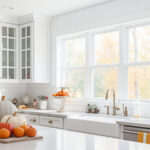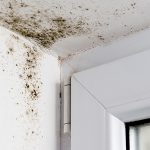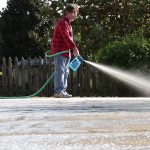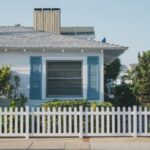Wipe Out Smelly Mold & Mildew After a Leak With Wet & Forget
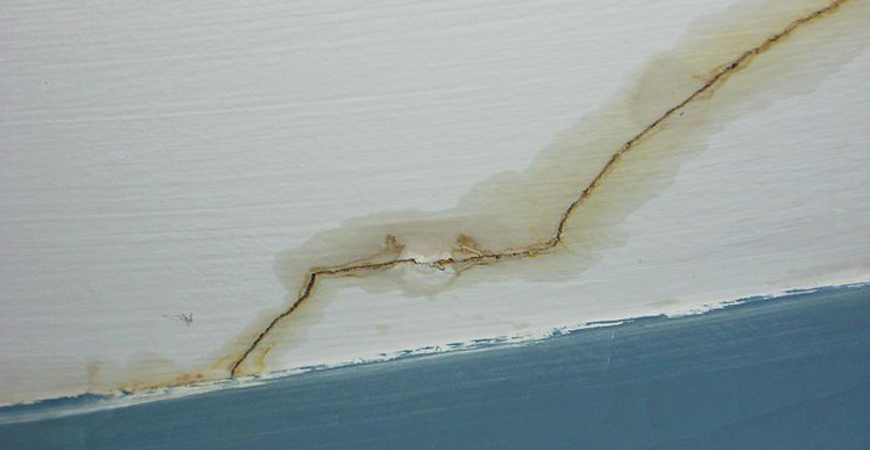
Has a water leak in your ceiling, wall, or basement left you with ugly, smelly, mold and mildew stains? Here we’ll cover the most common signs of water leaks and tips on fixing leaky basements.
What is that dark stain on my ceiling?
Heavy rains can result in a water leak inside your home. Even after the water is gone, the remaining moisture and dampness can cause mold and mildew to appear in your attic, ceiling, behind walls, and other damp surfaces.
As mold and mildew spreads, unpleasant smells, and ugly stains aren’t far behind.
What are some signs that I have a water leak?
You may notice:
- Bubbling paint or leaking around electrical outlets traveling down the interior wall.
- Leaks around ceiling light fixtures due to a roof shingle leak.
- Moisture above or below windows due to water traveling down the interior wall.
- Roof valley leaks due to debris, sitting snow or an ice dam.
- A faint dripping sound inside your home’s vents or chimney caused by worn flashing or sealant.
- Damp wood inside the attic or rafters due to a shingle or vent leak.
- Drips or condensation from a skylight that has a worn seal or flashing.
- Leaks in an interior chimney wall due to deteriorated flashing or sealant.
- Vent pipe leaks due to cracks in your vent pipe boot or flashing.
- Roof vent leaks due to holes or cracks in flashing or sealant.
- Roof shingle leaks caused by worn, damaged, or missing shingles.
Plus, a leak behind a wall can leach water into your floor underlayment causing mold or mildew growth there as well.
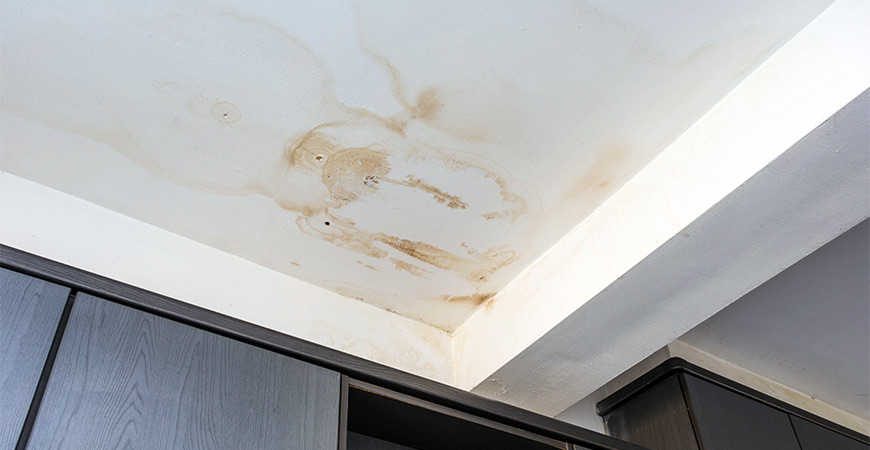
What causes my basement to leak when it rains?
A leaky basement can be particularly troublesome. There are many reasons why you may see puddles on your basement floor after rain.
The most common cause is water pressure because of the saturated soil that surrounds the foundation. The pressurized water can seep through the walls and floor of your basement.
Basement leaks may also be caused by improperly installed window wells. Or, a window well may fill with water if the drain becomes clogged.
Water-stained walls can be a sign of leaky basement windows.
How does water get into my basement?
Water will seep into basements several ways:
- Through cracks or fissures in the walls or floor
- Through the joint where the wall meets the concrete floor
- Via cracked mortar joints in masonry or block wall basements
Luckily there’s several ways to remedy basement leaks-
Add window well covers: Leaves and other debris can cause the drain to clog which will cause water to leak into your basement. A fitted window well cover will keep debris out of window wells.
Clean your gutters: Roof gutters that are clogged with leaves, twigs, and debris can overflow. The excess water then pools next to your home’s foundation.
Consider installing leaf guards and downspout extenders to keep water away from the foundation to prevent the surrounding soil from becoming waterlogged.
Re-grade your lawn: The soil that surrounds your home should slope away in all directions so that rainwater will drain out into your yard and not sit around your foundation.
The slope should drop approximately two to three inches every ten feet. Minor grading problems can be fixed with a landscape rake.
Add a basement drainage system: An interior drainage system is designed to keep your basement dry. Drain tile is installed around the perimeter of the room where the floor meets the wall, which is where most leaks occur.
The tile collects the water and then carries it to a sump pump. The pump removes the water from your basement. No more wet basement!
How should I remove mold and mildew and its musty smells?
Wet & Forget Indoor is a powerful, all-in-one cleaner that cleans, deodorizes, and disinfects your home’s interior surfaces. Also, it inhibits the regrowth of nasty mold and mildew. So your indoor surfaces will stay mold and mildew free, longer.
Wet & Indoor eliminates mold and mildew from any hard, non-porous household surface including:
- Attics
- Interior walls
- Basements
- Around pipes
- Rafters
- Cabinets
- Walls
- Upholstery
Plus, Wet & Forget Indoor eliminates stinky, musty odors caused by mold and mildew due to a leak. All you’ll smell is a clean, fresh scent.
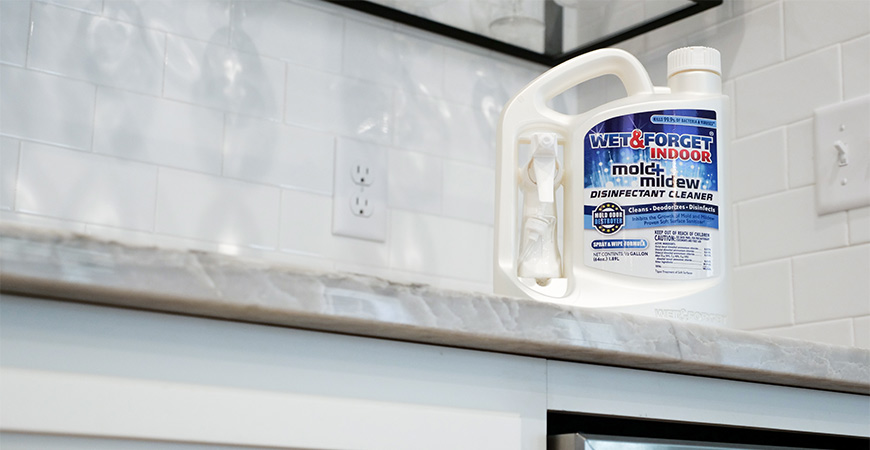
How do I apply Wet & Forget Indoor to get rid of mold and mildew?
Wet & Forget Indoor Mold + Mildew Disinfectant Cleaner comes with a built-in, extendable trigger sprayer, which provides easy and quick product application. To apply Wet & Forget Indoor:
- Apply undiluted to hard, non-porous surfaces.
- Hold the spray head 6 to 8 inches from the surface
- Pull the trigger and apply the product to the surface using a side-to-side sweeping motion. Spray the surface until thoroughly wet.
- Allow surfaces to remain visibly wet for 10 minutes.
- After 10 minutes, wipe the surface with a soft cloth or sponge. Or, allow the surface to air dry.
- Repeat treatment every 7 days or more often if new growth appears.
Does Wet & Forget Indoor kill bacteria and viruses, too?
Yes, Wet & Forget Indoor cleans, deodorizes, and disinfects moisture-prone surfaces, killing 99.9% of bacteria & viruses.* An easy one-step application makes it simple to apply Wet & Forget Indoor to your home’s surfaces; no scrubbing or rinsing required.
Simply spray it on hard, non-porous surfaces, wait ten minutes, then wipe clean or allow the surface to air dry.
As a disinfectant, Wet & Forget® Indoor Mold+ Mildew Disinfectant Cleaner kills: Pseudomonas aeruginosa, Salmonella enterica, Serratia marcescens, *Human Coronavirus,*lnfluenza Virus Type A/ Hong Kong, *SARS Associated Coronavirus cause of Severe Acute Respiratory Syndrome, *SARS-Related Coronavirus 2 SARS-CoV-2 cause of COVID-19, *Vaccinia (Pox Virus), *Norwalk Virus (Norovirus), * Rotavirus.
Enjoy a disinfected, clean, mold and mildew free home with Wet & Forget Indoor.
†Proven soft surface sanitizer against Staphylococcus aureus and Enterobacter aerogenes.
(Featured image by Aaron Gustafson)


